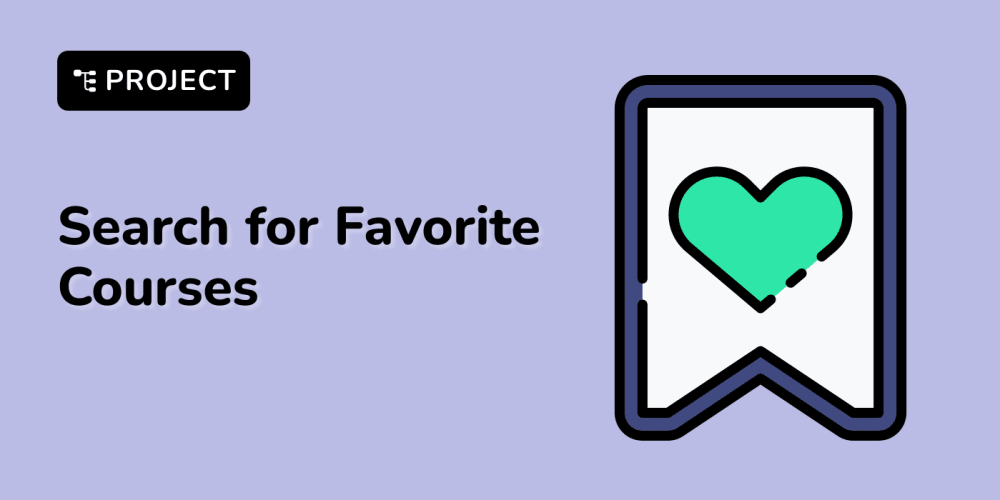<!DOCTYPE html>
Create Your Documentation Website Without Stress and Panic
<br> body {<br> font-family: sans-serif;<br> margin: 20px;<br> }<br> h1, h2, h3 {<br> color: #333;<br> }<br> code {<br> background-color: #eee;<br> padding: 5px;<br> border-radius: 3px;<br> }<br> img {<br> max-width: 100%;<br> height: auto;<br> }<br>
Create Your Documentation Website Without Stress and Panic
Documentation is the backbone of any successful product or service. It's the bridge between your creation and its users, explaining how things work, providing solutions to problems, and ultimately ensuring a smooth and enjoyable experience. However, creating documentation can feel like a daunting task, often leading to stress and panic. This article aims to guide you through the process of building a documentation website, demystifying the steps and equipping you with the tools and strategies to achieve a comprehensive and user-friendly resource, all without the pressure.
Why is a Documentation Website Crucial?
A well-structured documentation website offers numerous benefits, both for you and your users:
-
Improved User Experience:
Users can easily find the answers they need, reducing frustration and increasing satisfaction. -
Reduced Support Costs:
Comprehensive documentation can significantly decrease the number of support tickets and inquiries, freeing up your team to focus on other tasks. -
Increased Product Adoption:
Clear and accessible documentation helps users understand the value of your product and encourages them to adopt it effectively. -
Enhanced Brand Reputation:
A well-maintained documentation website showcases professionalism and commitment to customer satisfaction. -
Streamlined Development:
Documentation can serve as a reference for your development team, ensuring consistency and facilitating collaboration.

Key Considerations for Your Documentation Website
Before diving into the technical aspects, it's crucial to define the goals and target audience of your documentation. This will guide your content, structure, and design choices:
- Target Audience
- Who are you writing for? Are they technical experts, casual users, or a mix?
- What is their level of technical expertise? Tailor your language and examples accordingly.
- What are their primary needs and challenges? Address their specific pain points in your documentation.
- What information should be included? Map out the key concepts, features, and functionalities.
- What format will be most effective? Consider using a combination of text, images, videos, and interactive elements.
- How will you organize the content? Develop a clear hierarchy and navigation structure.
- Create a clean and visually appealing layout. Use a consistent design language that aligns with your brand.
- Prioritize readability and accessibility. Ensure that your documentation is easy to read, navigate, and understand.
-
Consider using a responsive design. Make your website accessible across all devices.
Tools and Platforms for Building Your Documentation Website
You have several options for building your documentation website, ranging from simple static sites to more robust platforms with advanced features:
- Popular choices: Hugo, Jekyll, Gatsby, Hexo
- Pros: Easy to set up, fast loading times, flexible customization
-
Cons: Less functionality compared to dedicated documentation platforms
- Popular choices: Sphinx, MkDocs, Read the Docs, GitBook, Docsify
- Pros: Built-in features for documentation, easy content management, collaboration tools
- Cons: Learning curve for some platforms, potential subscription costs
- Popular choices: WordPress, Drupal, Joomla
- Pros: Extensive customization options, large plugin libraries
- Cons: Can be complex to manage, require technical skills
- Popular choices: Google Docs, Notion, Dropbox Paper
- Pros: Easy to use, collaborative features, mobile access
-
Cons: Limited customization, potential security concerns
Step-by-Step Guide to Creating Your Documentation Website
Let's walk through the essential steps involved in building your documentation website. This example focuses on using a dedicated documentation platform like MkDocs, which offers a simple and powerful solution for creating professional documentation.
- Install Python: MkDocs requires Python to run. Download and install the latest version from the official Python website.
-
Install MkDocs:
Open your terminal or command prompt and execute the following command:
pip install mkdocs - Create a Project Directory: Create a new directory for your documentation project. For example, you could name it "docs."
-
Initialize MkDocs:
Navigate to your project directory in the terminal and run:
mkdocs new .
- Create Markdown Files: MkDocs uses Markdown for writing documentation. Create individual Markdown files for each section or topic within your documentation. For example, you might have files like "getting_started.md," "features.md," and "troubleshooting.md."
- Organize with Directories: Use folders to organize your Markdown files into logical categories. For example, you could have a "features" folder containing individual Markdown files for each feature.
-
Link Files:
Use Markdown syntax to link between different files within your documentation, creating a clear navigation flow. For example, you could link "getting_started.md" to "features.md" using:
Features
MkDocs allows you to define a navigation menu that will guide users through your documentation. This is done by editing the "mkdocs.yml" file at the root of your project directory.
site_name: Your Documentation Site Name
nav:
- Getting Started: getting_started.md
- Features:
- Feature 1: features/feature1.md
- Feature 2: features/feature2.md
- Troubleshooting: troubleshooting.md
- Using Themes
MkDocs offers various themes that can enhance the visual appearance and user experience of your documentation website. You can install a theme by running:
mkdocs install material
(For example, to install the Material theme)
-
Build the Site:
Run the following command to generate the static HTML files for your documentation:
mkdocs build -
Deploy the Site:
Choose a deployment method:
- GitHub Pages: Use GitHub Pages to host your website directly from your GitHub repository.
- Netlify or Vercel: Utilize services like Netlify or Vercel for automatic builds and deployment.
- Custom Hosting: If you have your own web server, you can deploy the HTML files to your server.
Best Practices for Effective Documentation
Follow these best practices to create documentation that is clear, concise, and user-friendly:
- Start with a clear purpose: Define the goals of your documentation and what information you want to convey.
- Know your audience: Write for your target audience, considering their technical knowledge and needs.
- Use simple language: Avoid jargon and technical terms that might confuse users.
- Break down information: Use headings, subheadings, and lists to structure content logically.
- Visualize concepts: Incorporate images, diagrams, screenshots, and videos to enhance comprehension.
- Use examples: Provide practical examples to demonstrate how to use your product or service.
- Include a search function: Make it easy for users to find the information they need quickly.
- Test and iterate: Gather feedback from users to improve your documentation over time.
- Maintain and update: Keep your documentation up-to-date as your product or service evolves.
Conclusion
Creating a documentation website doesn't have to be a stressful experience. By following the steps outlined in this article, you can build a comprehensive and user-friendly resource that will benefit both you and your users. Remember to define your goals, understand your audience, choose the right tools, and prioritize clarity and accessibility. With a well-structured documentation website, you can foster a positive user experience, reduce support costs, and ultimately improve the success of your product or service.




















